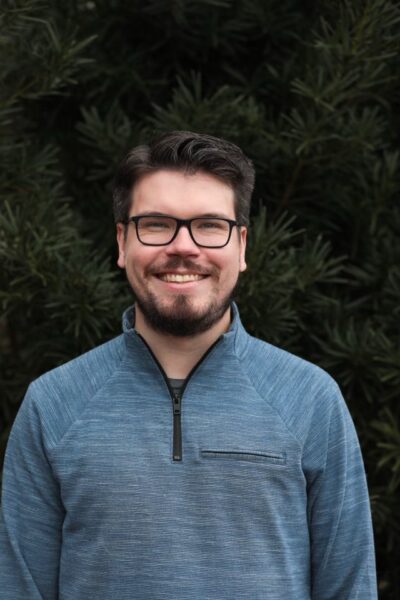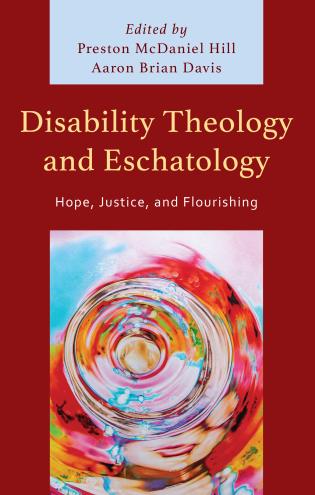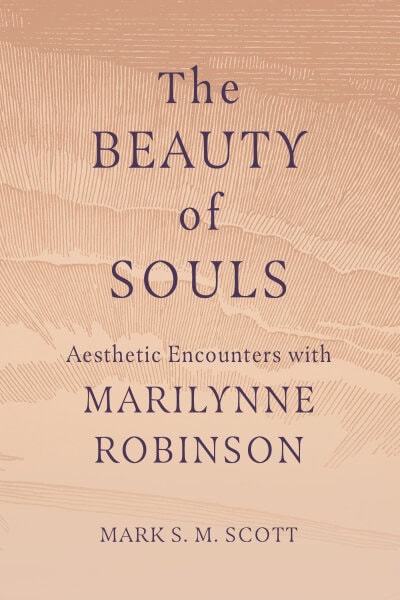Please join us in celebrating our members on their professional news and accomplishments!
As a reminder, AAR publishes member accomplishments including new publications, award announcements, and media mentions. We publish these on a monthly basis, which means if you submit your note in January, you can expect to see it published in February, and so on.
Books and Publications
Huaiyu Chen
Seeking Monotheism in Chinese Religions


From the publisher:
“In the nineteenth and early twentieth centuries, numerous Western missionaries were involved in debating the existence of God in various religious texts and practices in ancient China. Drawing on both the rising philological scholarship in Europe and their own field experience in China, the Western missionaries examined the idea of God, the Thearch, and Heaven as the Supreme Being in the spiritual life and ritual activities of the Chinese people.
From the Christian perspective, they attempted to identify the original belief in one God in ancient China in order to convert their Chinese audience. Furthermore, they addressed the issue of monotheism in the broader Asian context by suggesting the universal monotheistic degeneration from Persia to China across Asia continent.”
Aaron Davis
Disability Theology and Eschatology: Hope, Justice, and Flourishing

 From the publisher:
From the publisher:
“Christian theology looks forward to a consummation of all things in which hope, justice, and flourishing will finally prevail. All creation will be perfectly united to God as its Creator, and all shall be well. But what does this mean for disabled people? The typical Christian answer through history has been that disability will not exist in the world to come. The advent of disability theology has given us reasons to doubt this answer. In response, Disability Theology and Eschatology: Hope, Justice, and Flourishing gathers together essays from established and emerging scholars alike to provide an extensive look at what it might mean to imagine disability as a part of humanity’s ultimate ends. The volume advances conversations in disability theology through rigorously creative work, including on the much neglected topic of psychiatric disability. Contributors ask and answer questions like “how can one’s well-being be high if they are disabled?,” “do Thomists have to be ableists?,” “how do our beauty standards limit our eschatological thinking?,” “what does dissociative identity disorder mean for the afterlife?,” and more.”
Mark S. M. Scott
The Beauty of Souls: Aesthetic Encounters with Marilynne Robinson

 From the publisher:
From the publisher:
“What is beauty? What is the soul? What facilitates our apprehension of beauty in ourselves, others, and the world, and what impedes it? In The Beauty of Souls, Mark S. M. Scott explores these spiritual questions through a dynamic synthesis of theology, philosophy, and literature. Focusing on Pulitzer Prize-winning novelist Marilynne Robinson’s novels and essays, Scott gleans transformational insights about the life of the soul.
Scott argues that Robinson’s writings spiritually sensitize her readers, preparing them for deeper levels of soul-discovery and soul-formation. Excavating Robinson’s conception of beauty and its relation to the soul, Scott traces themes of perception, contemplation, growth, loss, brokenness, wonder, and redemption through Robinson’s writings, particularly her magisterial Gilead saga. The Beauty of Souls guides readers through the complexity of the spiritual life in critical and creative dialogue with Robinson’s signature works. It shows that Robinson’s fiction does more than simply display and evoke beauty; it offers a philosophical-theological framework to discover and express the beauty of our own souls.”
Thomas A. Tweed
Religion in the Lands That Became America: A New History

 From the publisher:
From the publisher:
“A sweeping retelling of American religious history, showing how religion has enhanced and hindered human flourishing from the Ice Age to the Information Age.
Until now, the standard narrative of American religious history has begun with English settlers in Jamestown or Plymouth and remained predominantly Protestant and Atlantic. Driven by his strong sense of the historical and moral shortcomings of the usual story, Thomas A. Tweed offers a very different narrative in this ambitious new history. He begins the story much earlier—11,000 years ago—at a rock shelter in present-day Texas and follows Indigenous Peoples, African Americans, transnational migrants, and people of many faiths as they transform the landscape and confront the big lifeway transitions, from foraging to farming and from factories to fiber optics.
Setting aside the familiar narrative themes, he highlights sustainability, showing how religion both promoted and inhibited individual, communal, and environmental flourishing during three sustainability crises: the medieval Cornfield Crisis, which destabilized Indigenous ceremonial centers; the Colonial Crisis, which began with the displacement of Indigenous Peoples and the enslavement of Africans; and the Industrial Crisis, which brought social inequity and environmental degradation. The unresolved Colonial and Industrial Crises continue to haunt the nation, Tweed suggests, but he recovers historical sources of hope as he retells the rich story of America’s religious past.”
